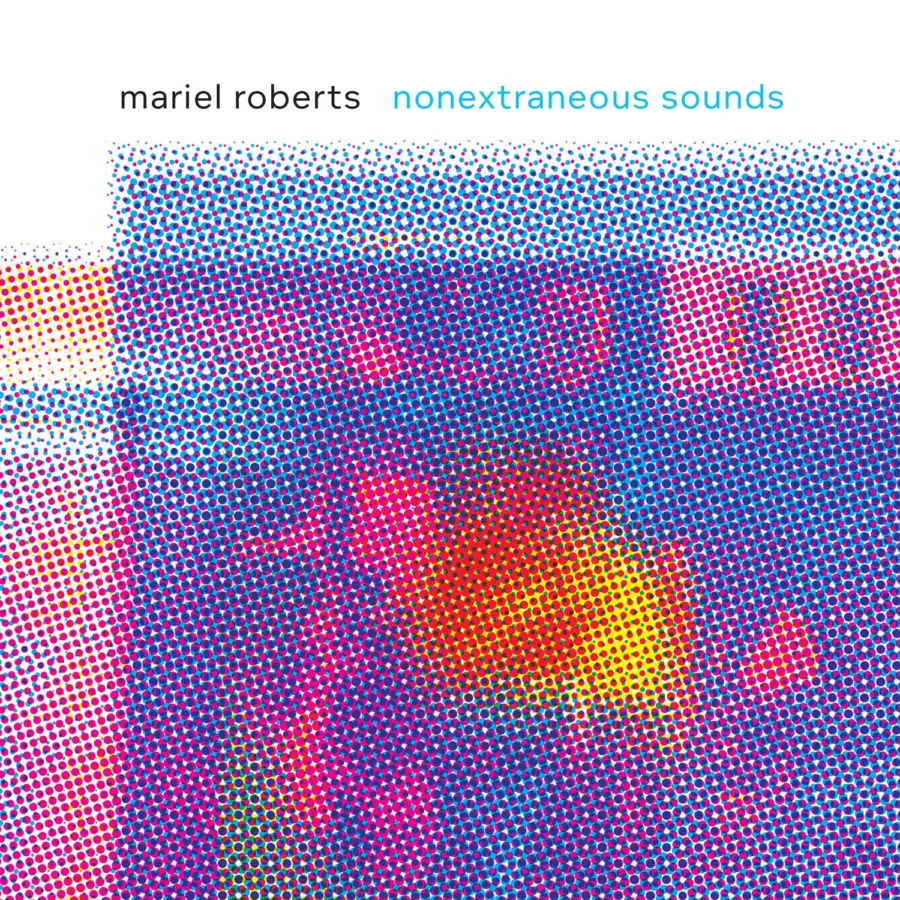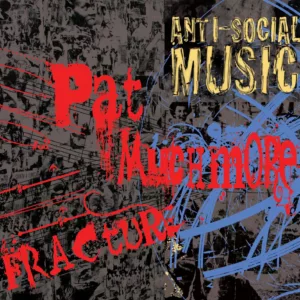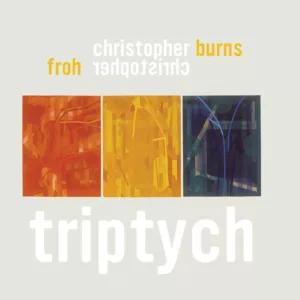At 24, Mariel Roberts has emerged as one of the most electrifying cellists on the New York scene. Her debut CD, nonextraneous sounds, is an audacious statement from a fearless musician. Where others might play it safe, Mariel tests the limits of contemporary cello technique in a group of five exhilarating solo works by New York-based composers in their late 20s and early 30s. Two are for cello alone, three incorporate electronics. Diverse in style, these pieces – all commissioned especially for Mariel – showcase her technical assurance, interpretive élan, and distinctive quicksilver tone. Regarding the title, Mariel says: “Novice listeners are sometimes made to feel extraneous by new music – they assume they can’t identify with it on a personal level. I think the cello is the perfect instrument to connect with audiences, not just because of its huge range of sound-making possibilities, but because of its very human and expressive qualities. “Each piece on this album lives in a distinct and unique sound world that is like no other. This is what I want people to know about contemporary music – that it is fantastically diverse and flexible and changing all the time… I wanted to make an album that sounds like the city I live in.” The disc opens with Andy Akiho’s punningly titled Three Shades, Foreshadows, inspired by Auguste Rodin’s sculpture “The Three Shades” – a sculpture composed of three identical bronze casts positioned so that the viewer can observe multiple perspectives simultaneously. Says Akiho, “My goal was to create a similar effect acoustically while blurring any distinction between the live performer and the three digital playback parts.” Akiho makes generous use of percussive cello sounds, including bell-like tones created by placing mini-clothespins near the base of the fingerboard. Sean Friar’s playful Teaser spotlights Mariel’s ability to turn on a stylistic dime. It “idiosyncratically leads the listener along a path filled with surprise, sleight of hand, abrupt about-faces, and mischievous reinterpretations of its own material.” Daniel Wohl derived the material of his mysterious piece Saint Arc “from very faint noises: the bow almost silently brushing against the strings, as well as the harmonics that accidentally pop out as the cellist’s hand glides across the neck of the instrument. The electronic element, which consists in prerecorded and processed cello, enhances, distorts or offers an alternate perspective on these two sounds.” Alex Mincek’s Flutter “is a piece about restless energy; mental and physical. It is constructed with a number of rapidly oscillating gestures that gradually accumulate and then pass quickly and abruptly from one to another. Overwhelming activity finally gives way to calm.” Tristan Perich’s driving, hypnotic Formations closes the disc. Perich is best known for his ingenious, self-packaged 1-Bit Music and 1-Bit Symphony. “I am interested in the threshold between the abstract world of computation and the physical world around us,” says the composer. “The simplest electronic tones can be created by sending on and off pulses of electricity to a speaker, effecting an oscillation at the desired pitch. While 1-bit sound is also the palette of aggressive electric alarm clocks, I find its primitive timbre inspiringly fresh and mysteriously organic when combined with these traditional instruments.”
One Sheet
Artist
Composers
Performer
Release Date
September 24, 2012
Catalog Number
#247
Links
Files








